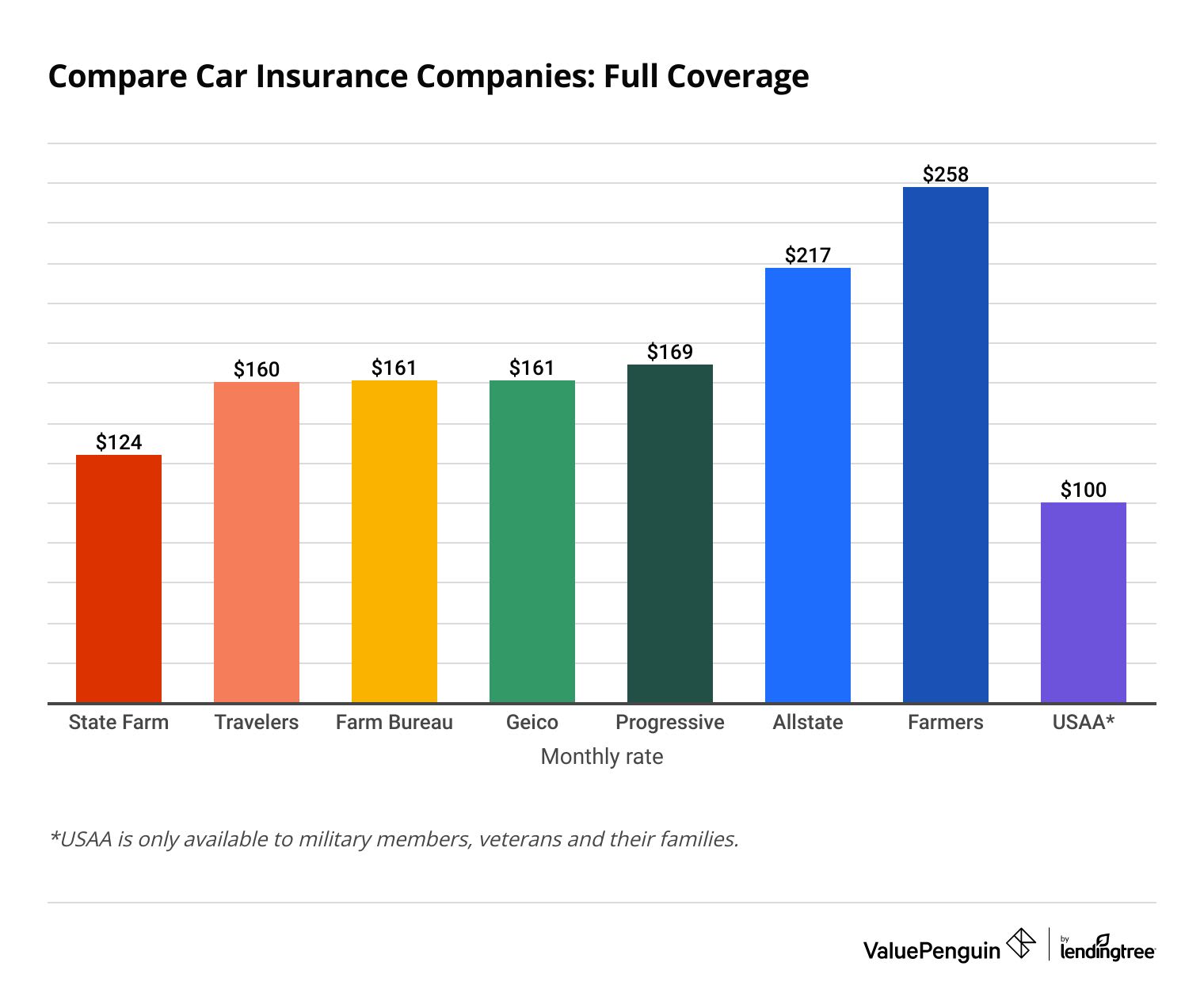Navigating the vast and often perplexing world of compare auto insurance can be as tricky as trying to assemble flat-pack furniture without the instructions. Fear not, intrepid insurance seeker! This comprehensive guide is here to help you compare auto insurance with ease, humor, and plenty of valuable insights. By the end of this article, you’ll be well-equipped to make informed decisions, potentially save some money, and maybe even crack a smile along the way. Navigating the World of TataAIG: A Comprehensive Guide with Humor and Insight 2024

Table of Contents
- What Are Airdrops? A Complete Guide to Cryptocurrency Airdrops (October & November 2024)
- Pakistan vs. England: Day 2 Recap – Dominance from Pakistan, Resilience from England.
- 10 Proven Ways to Earn Money Online Fast (Even Without Experience)
- Finding the Best Auto Insurance: Your Complete Guide 2024
- The Ultimate Guide to Home and Auto Insurance: A Comprehensive and Humorous Look 2024
Why Compare Auto Insurance?
First things first, let’s address the elephant in the room: why should you compare auto insurance? Isn’t all auto insurance basically the same? Not at all! Comparing auto insurance is essential for several reasons:
1. Cost Savings: Different insurers offer varying rates for similar coverage. By comparing, you can find the most cost-effective policy for your needs. Think of it as shopping around for the best deal on a new gadget—you wouldn’t just buy the first one you see, right?
2. Coverage Options: Insurers provide different coverage options and add-ons. Comparing these ensures you get the coverage you need without paying for extras you don’t. It’s like choosing the right toppings for your pizza—nobody needs anchovies if they don’t like them.
3. Customer Service: The quality of customer service can vary significantly between insurance companies. Comparing allows you to choose an insurer known for excellent support, which is crucial when you need to file a claim.
4. Discounts: Each insurer offers unique discounts that can save you money. From safe driver discounts to bundling home and auto policies, comparing helps you maximize these savings opportunities.
The Basics of Auto Insurance
Before diving into the comparison process, let’s get a quick overview of the fundamental types of compare auto insurance coverage:
1. Liability Coverage:
Liability coverage is mandatory in most states and covers the cost of injuries and property damage you cause to others in an accident. It’s the bread and butter of auto insurance, ensuring you’re financially protected if you’re at fault.
2. Collision Coverage:
This covers damage to your vehicle resulting from a collision with another car or object. Whether you accidentally hit a lamppost or another vehicle, collision coverage ensures your car can be repaired or replaced.
3. Comprehensive Coverage:
Comprehensive coverage protects your car against non-collision events like theft, vandalism, natural disasters, and even pesky wildlife encounters. It’s like an all-encompassing shield for your vehicle.
4. Personal Injury Protection (PIP):
PIP covers medical expenses for you and your passengers after an accident, regardless of who is at fault. It’s like a financial first-aid kit, ensuring medical bills don’t derail your finances.
5. Uninsured/Underinsured Motorist Coverage:
This protects you if you’re hit by a driver who doesn’t have insurance or enough coverage. Think of it as an extra layer of security when others fall short. compare auto insurance
How to Compare Auto Insurance Effectively
Comparing auto insurance can seem daunting, but with a systematic approach, it becomes much more manageable. Here’s a step-by-step guide to help you compare auto insurance like a pro:
Step 1: Assess Your Needs
Before comparing policies, understand your specific needs. Consider factors like your car’s value, your driving habits, and your budget. Are you looking for the bare minimum coverage required by law, or do you want comprehensive protection? Knowing your needs will guide you in selecting the right coverage options.
Step 2: Gather Quotes
Visit multiple insurance websites and request quotes. You can also use insurance comparison websites like Insurance.com or NerdWallet to streamline this process. Make sure to provide accurate information for precise quotes.
Step 3: Compare Coverage
Look beyond the price and compare the coverage options offered by each insurer. Ensure you’re comparing apples to apples—similar coverage types and limits. Pay attention to the deductibles, policy limits, and any additional benefits or add-ons.
Step 4: Check Customer Reviews
Customer reviews can provide valuable insights into an insurer’s service quality. Websites like Trustpilot and Consumer Affairs offer reviews and ratings from real customers. Look for patterns in the feedback, particularly regarding claims handling and customer support.
Step 5: Evaluate Discounts
Each insurer offers different discounts that can reduce your premium. Common discounts include safe driver discounts, multi-policy discounts, good student discounts, and more. Make a list of the discounts you qualify for and see how they affect the overall cost.
Step 6: Consider Financial Strength
An insurer’s financial strength indicates their ability to pay claims. Check ratings from agencies like A.M. Best or Standard & Poor’s to ensure your chosen insurer is financially stable.
Step 7: Speak with an Agent
Sometimes, a quick conversation with an insurance agent can clarify details and answer any questions you might have, compare auto insurance. They can also help you understand the nuances of different policies and coverage options.

Factors Influencing Auto Insurance Rates
Understanding what affects your auto insurance rates can help you make informed decisions and potentially lower your premiums. Here are some key factors:
1. Driving Record:
A clean driving record can significantly reduce your insurance rates. Insurers reward safe drivers with lower premiums. Conversely, a history of accidents or traffic violations can increase your rates.
2. Vehicle Type:
The make, model, and year of your car impact your insurance costs. High-end luxury cars or vehicles with expensive repair costs typically attract higher premiums. Safety features and theft rates also play a role.
3. Location:
Where you live affects your insurance rates. Urban areas with higher traffic density and crime rates usually have higher premiums compared to rural areas.
4. Age and Gender:
Young drivers, especially teenagers, often face higher premiums due to their lack of experience. Gender can also influence rates, with young male drivers typically paying more than their female counterparts.
5. Credit Score:
In many states, insurers use credit scores as a factor in determining rates,Compare auto insurance. A higher credit score can result in lower premiums, as it’s seen as an indicator of responsible behavior.
6. Mileage:
The more you drive, the higher your risk of being in an accident. Compare auto insurance, Low-mileage drivers often receive lower rates. If you work from home or have a short commute, you could save on your premium.
Tips for Saving on Auto Insurance
Who doesn’t love saving money? Here are some tips to help you reduce your auto insurance costs:
1. Bundle Policies:
Consider bundling your auto insurance with other policies, like home or renters insurance, compare auto insurance, to get a multi-policy discount. Many insurers offer significant savings for bundling.
2. Increase Deductibles:
Opting for a higher deductible can lower your premium. Just make sure you have enough savings to cover the deductible in case of an accident.
3. Take Advantage of Discounts:
Ask about available discounts and ensure you’re getting all the ones you qualify for. Common discounts include good driver discounts, good student discounts, and discounts for safety features.
4. Maintain a Good Credit Score:
A higher credit score can lead to lower insurance rates. Pay your bills on time, reduce your debt, and monitor your credit report to maintain a good score.
5. Drive Safely:
Maintaining a clean driving record is one of the best ways to keep your premiums low. Avoid accidents and traffic violations to qualify for safe driver discounts.
6. Review Your Coverage Regularly:
Life changes, and so do your insurance needs. Review your policy annually and make adjustments as needed. You might find opportunities to save by adjusting your coverage.

Common Myths About Comparing Auto Insurance
There are several myths about comparing auto insurance that can lead to misconceptions. Let’s debunk a few:
Myth 1: Getting Multiple Quotes Hurts Your Credit Score
False! Requesting insurance quotes does not affect your credit score. Insurers perform a soft inquiry, which doesn’t impact your credit rating.
Myth 2: All Policies Are the Same
Not true. Coverage options, limits, and exclusions vary between policies and insurers. It’s crucial to compare these details to ensure you’re getting the best protection for your needs.
Myth 3: The Cheapest Policy Is the Best
While cost is important, the cheapest policy might not offer the coverage you need. It’s essential to balance cost with adequate coverage to protect yourself financially.
Final Thoughts: Why Comparing Auto Insurance Is Worth Your Time
Taking the time to compare auto insurance can lead to significant savings and better coverage. It’s a process that involves understanding your needs, gathering and comparing quotes, checking reviews, and considering discounts. By following the steps outlined in this guide, you’ll be well on your way to finding the best auto insurance policy for your situation.
So, next time you’re up for renewal or looking for a new policy, remember to compare auto insurance. It’s a worthwhile investment of your time that can pay off in both savings and peace of mind. Safe driving and happy comparing!
Ready to start comparing? Visit Insurance.com or NerdWallet to get started with multiple quotes today.
This article aimed to be as informative and helpful as possible while injecting a bit of humor to keep things light. By following this guide, you should feel more confident navigating the auto insurance comparison process and finding the best coverage for your needs.

